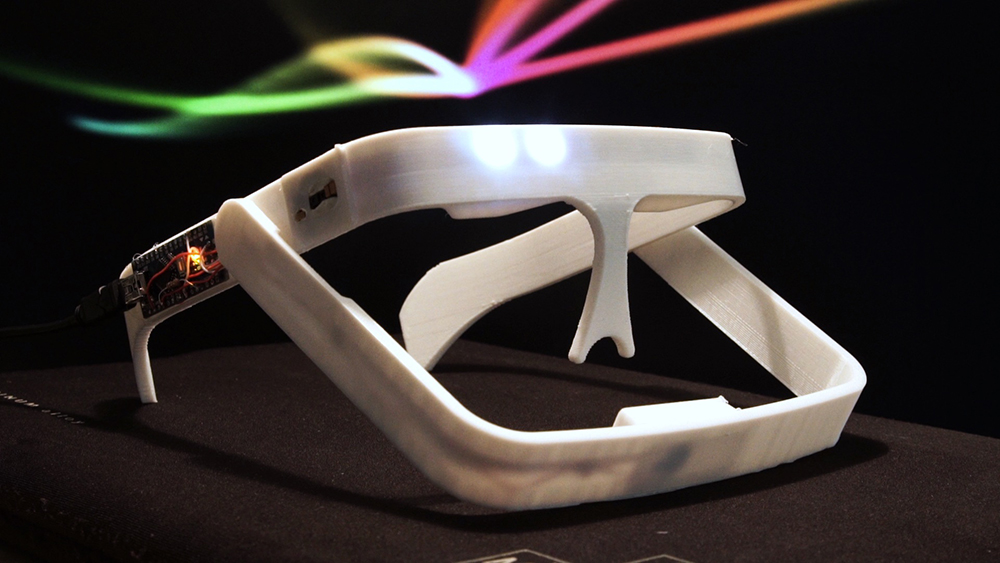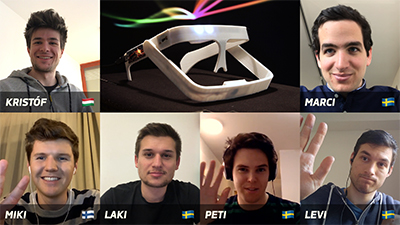Students’ winning hack project minimizes medical workers’ contact with COVID-19 patients

Master´s students from KTH teamed up with other partner universities in the EIT Digital programme to win the category Health & Life in the EU Hackathon #EUVSVIRUS. The team consists of six high school friends from Budapest. Peter Lakatos is one of them.

Could you tell us about the competition and your COVID-19 solution?
“ To win the Health & Life category out of 900 projects felt amazing.
“We have come up with a highly scalable patient monitoring system that allows for far more check-ups simultaneously. This would minimize physical contact between nurses and patients, which also would reduce the use of protective gear.”
How does this system work?
“Our 3D-printed prototype, which would be worn by the patient, measures vital parameters in real-time and uploads each patient’s data to a medical online platform. With the help of our dashboard, doctors and nurses could oversee even a hundred patients at the same time, while our automatic alert functionalities would make it possible to diagnose deteriorating cases instantly, reach quicker reaction times and thus ultimately, save more lives.”
Have you been in contact with professionals in health care regarding your idea?
“We have talked with dozens of professionals, including doctors, nurses, startup mentors and investors. We were also awarded by EIT Health at the competition.”

Could you tell us a little about the team?
“We are friends from Budapest who know each other from high school. Five of us are master's students at EIT Digital, which means that we are studying at two partner universities during the two years and receive double degrees. We all study various computer science tracks. Four of us are KTH students who are studying ICT Innovation.”
What happens now, are going to move on with your idea?
“The future of the project is yet to be determined, but many organizations and individuals have reached out to us offering their help and we are in constant discussion with them about future possibilities for collaboration. As a follow-up to this hackathon, the European Commission is also organizing a Matchathon at the end of May, where they are bringing together the best projects with potential investors, partner organizations and educational institutes.
“I’m also part of the KTH Innovation pre-incubator programme with the startup, SpotYet.”
Håkan Soold
